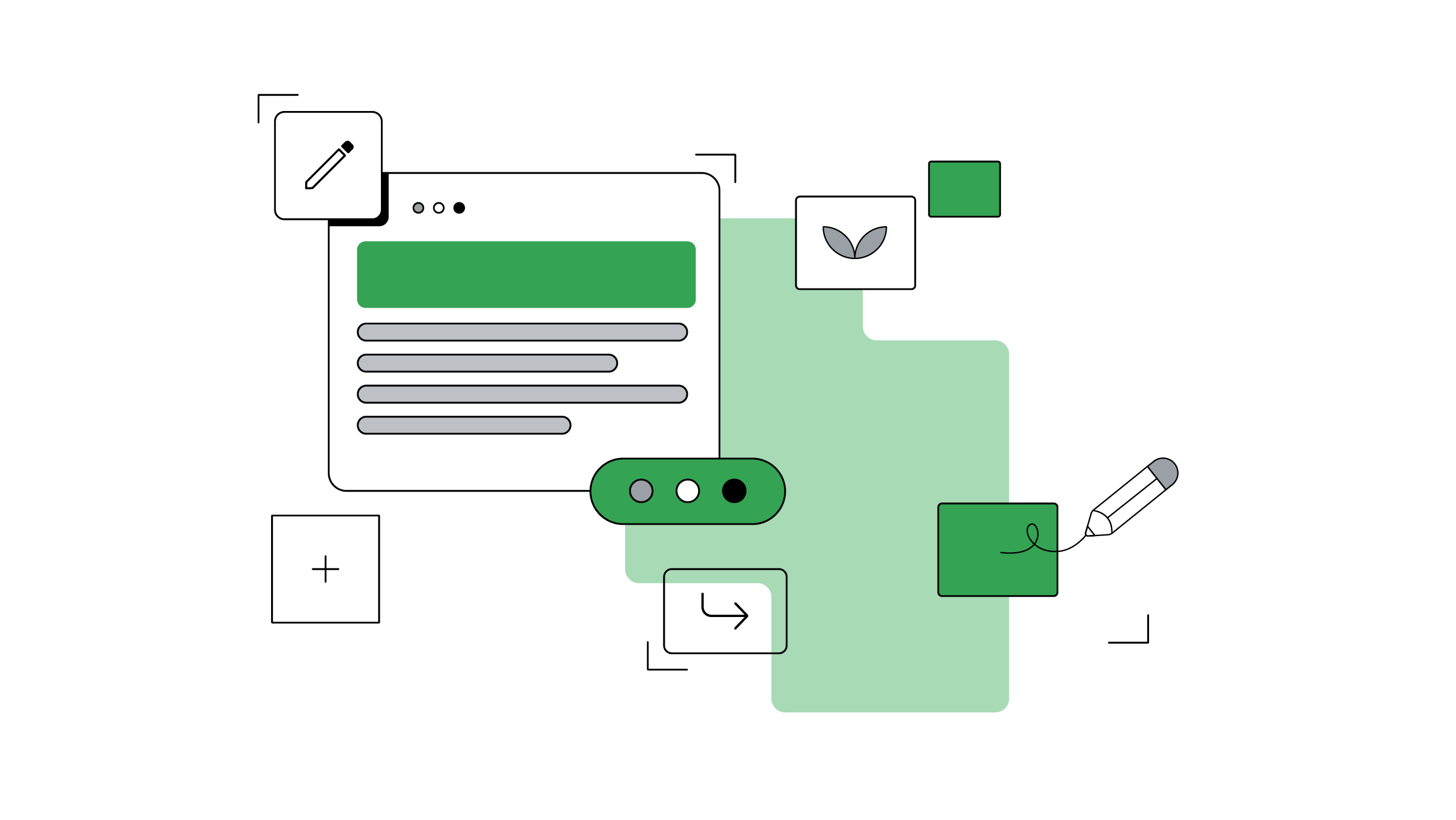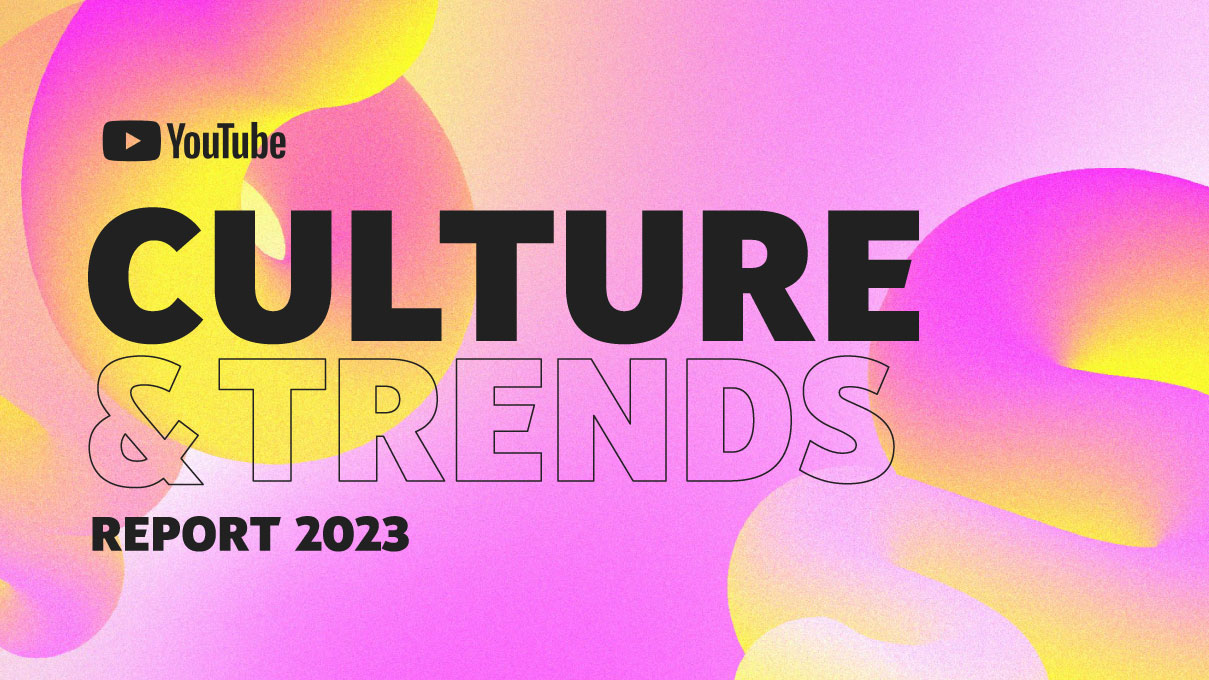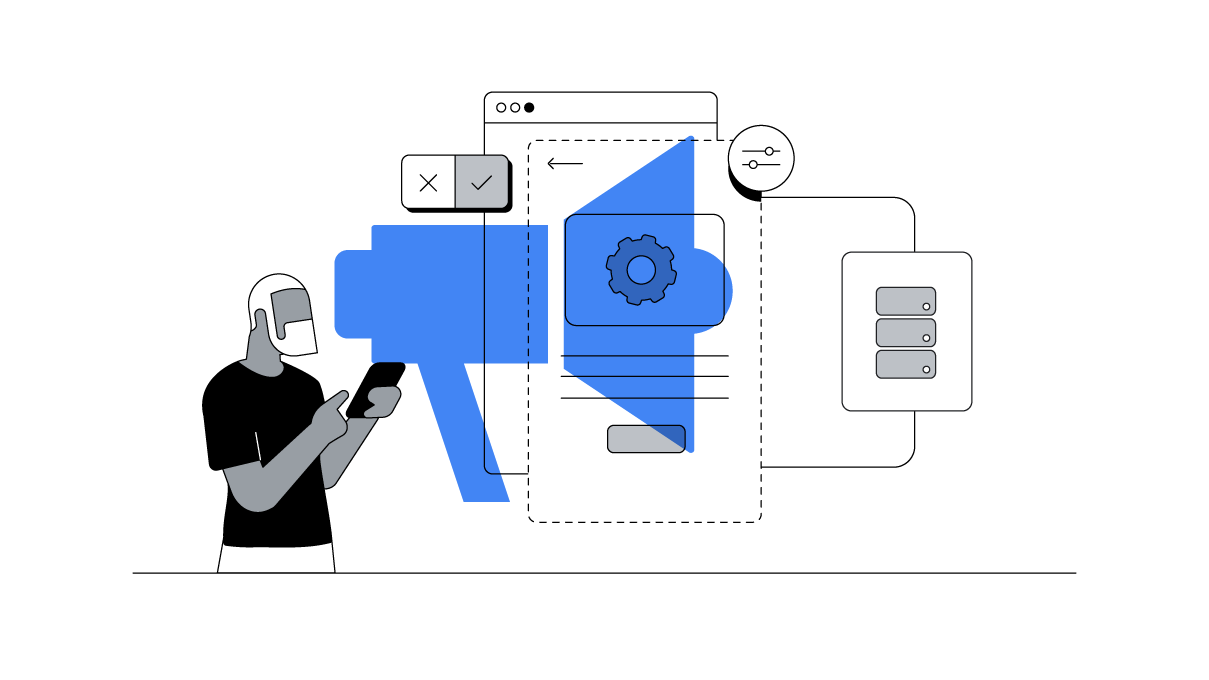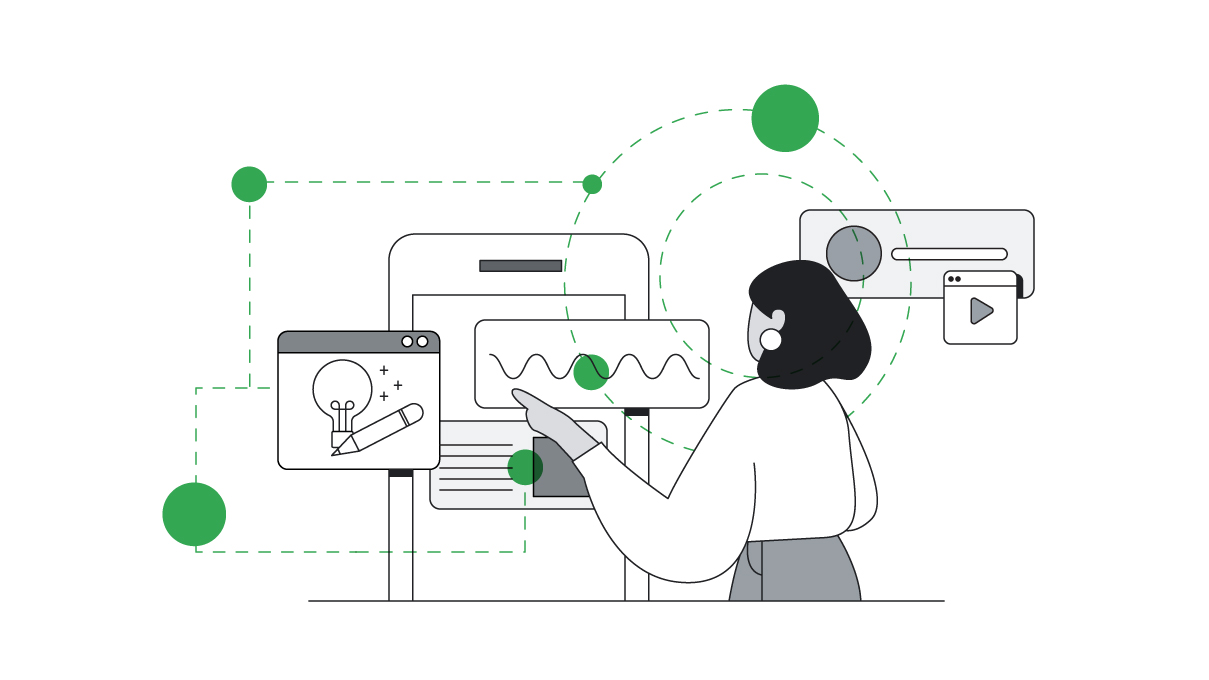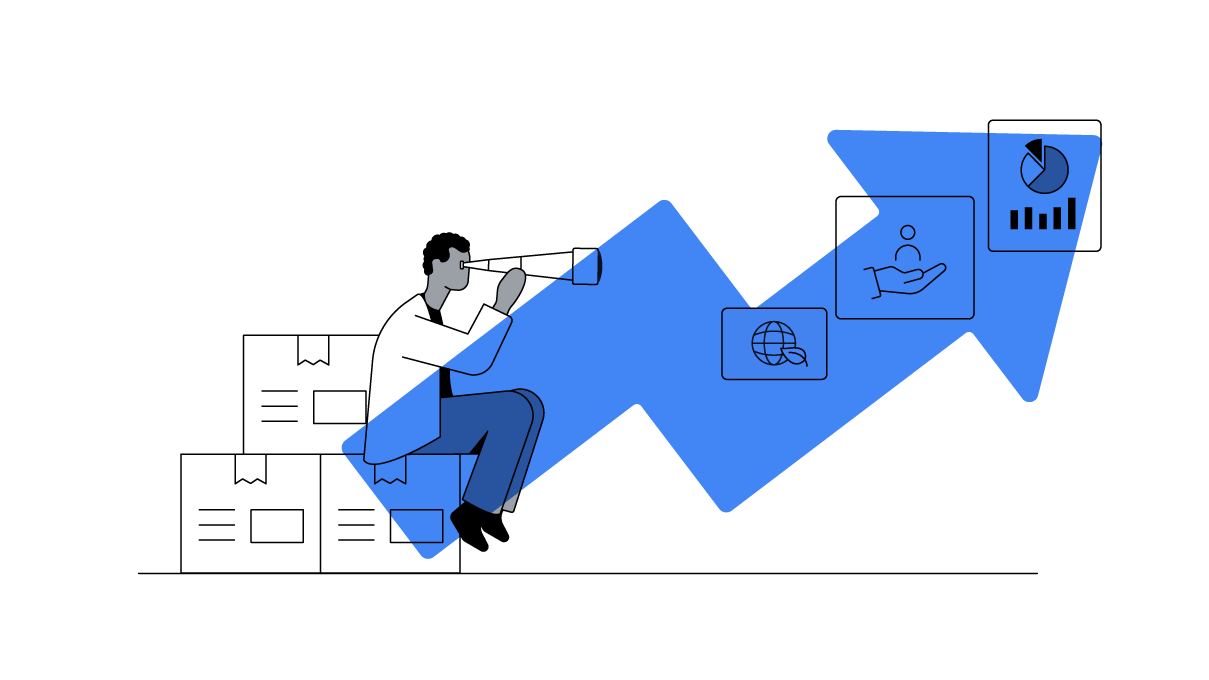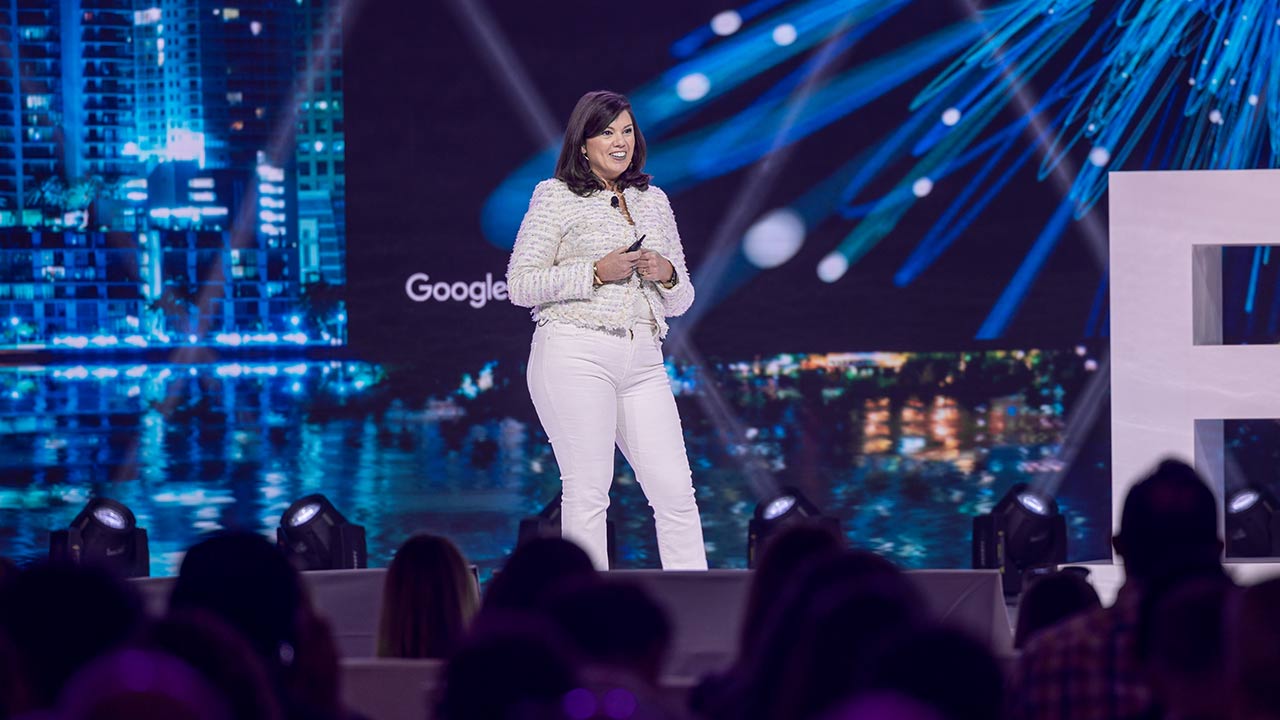Dorothea Wiesmann Rothuizen and Wojtek Skut are engineers at Google, where they work on continually improving AI and large language models. They are a part of the team implementing new capabilities into Google Ads features, such as broad match.
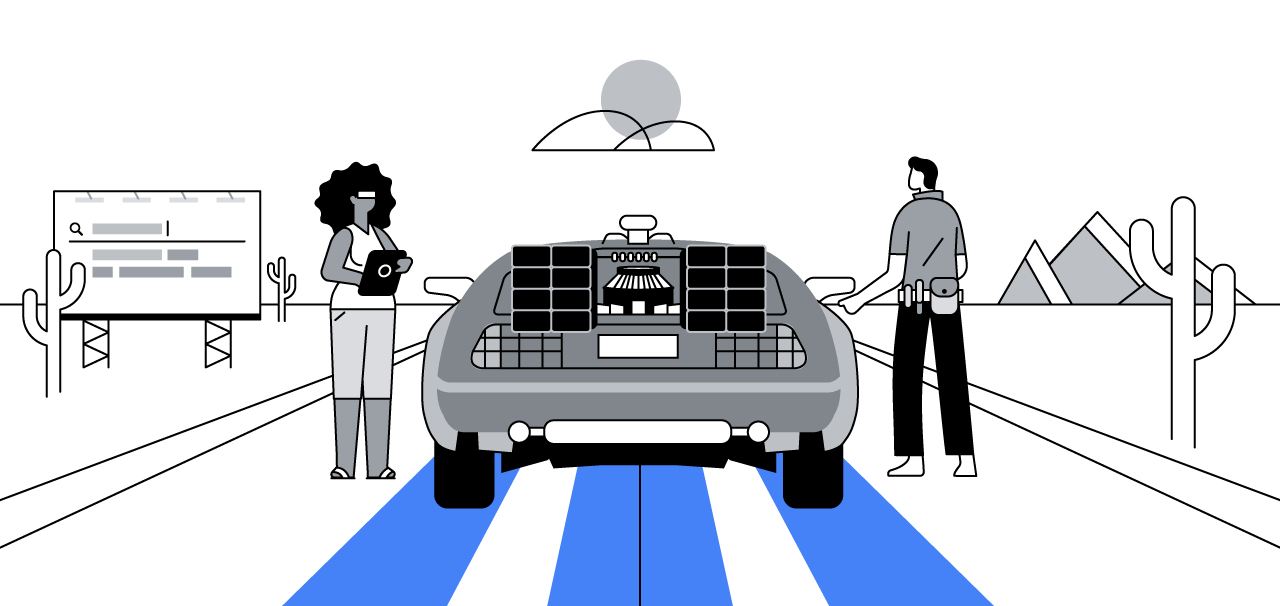
There’s been a wave of interest in artificial intelligence (AI) in recent months, largely due to immense improvements in the underlying technology. Large language models (LLMs), for example, now enable a deeper understanding of language, which has led to conversations with AI that are much more natural and intuitive.
This same technology has supercharged broad match, a Google Ads setting that helps brands reach more people with their ads and reduces manual keyword work.
While broad match has existed since the dawn of Google Ads, its early version wasn’t perfect and began losing momentum about 15 years ago. Back then, it could have matched a search query, such as “treating a pet at home,” to an irrelevant keyword, like “treats for pets.” At the same time, “treating a pet at home” would not have matched to the related “without a vet,” since the two phrases don’t contain any of the same words. But, thanks to new advances in AI and continuous updates, broad match has evolved and can now better interpret nuance and context.
In fact, today’s broad match understands people’s search queries on a deeper level and can identify keyword search intent. This makes it one of the most effective solutions for search advertising.
How advances in Google AI are broadening marketing horizons
Believe it or not, when broad match first launched, Google’s engineering team would manually write out the synonyms for a keyword and cast a really wide net. For example, an ad keyword including “cheap” could match with searches for “inexpensive” and “shoestring.” While “shoestring” can be a different way of saying “budget,” a user could alternatively use this word to search for shoelaces.
Thanks to new AI capabilities, LLMs can now better understand a user’s search intent. We train them with billions of pieces of text so they can learn all the different variations and meanings of a word or phrase, and what sequences make sense. Once that fundamental foundation is in place, we will assign the AI a specific task, like matching ads to search queries.
Today, broad match understands people’s search queries on a deeper level and can identify intent.
While the language technology can understand the potential demand that’s out there, it’s most effective when combined with Smart Bidding. This automated bidding strategy factors in a wide range of signals and surrounding data points in a privacy-safe way — such as search history, interests, and past purchases — to build a predictive model that helps advertisers identify the audiences most likely to convert.
Broad match in 2023: What’s new for marketers
Here are three of the most significant improvements we’ve made to broad match.
1. Order matters — and broad match knows this too
In the early days of broad match, the technology would connect the dots between keywords in a search query and an ad, but it wouldn’t necessarily take the order of the words in the query into account.
For instance, someone looking for a flight from London to Paris could have been shown an ad for a flight from Paris to London. To prevent this from happening, Google’s search specialists would’ve recommended a different keyword strategy to those advertisers. But today, broad match knows that going from A to B isn’t the same as going from B to A. This improvement has also been applied to other areas where a search query only works one way.
Here’s an example. A user might be looking for a place to “exchange euros to pounds” or searching for a “usb to usbc cable,” and seeing an ad in which these words are in reverse order would not be relevant to them. Fortunately, the latest version of broad match now understands their search intent.
2. Routing traffic to the right keywords in Google Ads
In the past, we’ve often been asked: “What happens when two ads for the same advertiser match to the same search query?” Previously, broad match would have looked at an advertiser’s Ad Rank to help determine which ad to show, but which may not always have been the best choice.
To improve relevance — for advertisers and users — today’s broad match considers supporting information, such as other keywords in the ad group and even the ad’s landing page. And, thanks to the increased capabilities of the LLM that powers broad match, it better understands the meaning of a search query and its variations to improve relevance there too.
3. Multilingual matching
Multilingual search is a third area that has seen a lot of development. Broad match now recognizes that some people might switch between languages when looking for something online, and it uses that information to serve the right ads.
The expat community is a common use case. For example, Turkish people living in the Netherlands or British people residing in Spain may be searching in their first language but looking for local-language results for the country they live in.
AI-powered language upgrades have made broad match far more effective, but it will continue to need a smart marketer in the driver’s seat.
This isn’t to say that running your campaign in one language means that you’ll get traffic for other languages, since campaign success still relies on language settings and localized creative. But, in countries where many people are bilingual, it’s helpful to know that broad match can match relevant, local traffic to an ad, even when the search is made in another language.
Broad match’s role in search advertising today
Broad match may not be quite as old as “Back to the Future,” but it’s been around for a long time. And, just like in the iconic 1985 movie, it shows us that sometimes looking at something from the past helps you understand its value in the present.
That said, while AI-powered language upgrades have made broad match far more effective for search advertising, it will continue to need a smart marketer in the driver’s seat. Savvy marketers will check performance, select the right bidding strategy, and monitor new queries identified by broad match to bring in new customers. After all, you might discover new insights about your audience throughout the campaign.
AI learns from you, and you learn from AI. Broad match’s success depends on the team that uses it, just like the time-traveling car from “Back to the Future” needed the input and creativity from its creator, Doc Brown, to drive into the past — and the future.
Tune into the Google Marketing Platform Partner Podcast episode “Talking AI: How a deeper language understanding is transforming broad match” to hear more about the ways large language models are supercharging broad match. You can listen on the Google Marketing Platform Academy website and all major podcast platforms.
